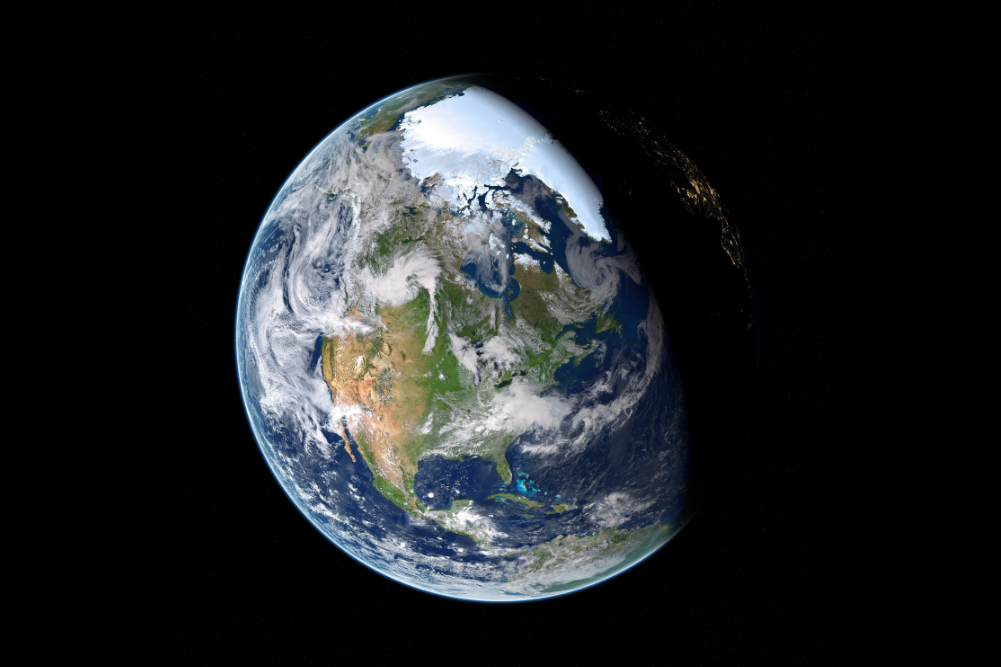Will we be driving cars on “grassoline”?
The demands for energy and fuel are rising every year and yet the automobile industry has something to celebrate – the electric car. But the fact is that the electric car is really not that ‘green’ because to power these cars and their batteries puts a strain on already diminishing fossil fuels.
In Australia, 11% of energy production comes from renewable sources and 74% is created by burning coal.
Until now, grass has mainly served as feed for animals. But apart from that, grass can also be used as biofuel.
So it’s not a surprise that the scientific community is investigating ways to fuel our cars and reduce the carbon footprint at the same time.
In the search for sustainable fuel types, scientists from the Centre for Microbial Ecology and Technology (CMET), Ghent University have developed a way to convert grass into biofuel.
Grass has mainly been used as fodder to feed animals. Due to its abundance it can be an attractive source to produce biofuel especially for aviation as it will be a long time before planes go electric.
Scientists investigated methods of disintegrating and treating grass until it can be used as a fuel.
To do this, scientists first improved the biodegradability of grass by treating it first. The enriched bacteria is added which converts the sugars in the grass to lactic acid and its derivatives.
The lactic acid can serve as an intermediate chemical to produce other compounds such as biodegradable plastics (PLA) or fuels.
The lactic acid was then converted into Caproic acid which further converted to Decane.
At this point the process ends and Decane can be used as a fuel.
Scientists warn that this is still a work in progress as the amount of fuel that can be made from grass in a laboratory is limited to a few drops.
But by being persistent and keeping on track and particularly, with the support of industrial partners they can develop fuel from grass which can be used for flying…or driving.
So watch out, perhaps in the future the lawn in your backyard will be a valuable source of fuel which will drive you car!
Source: Ghent University








